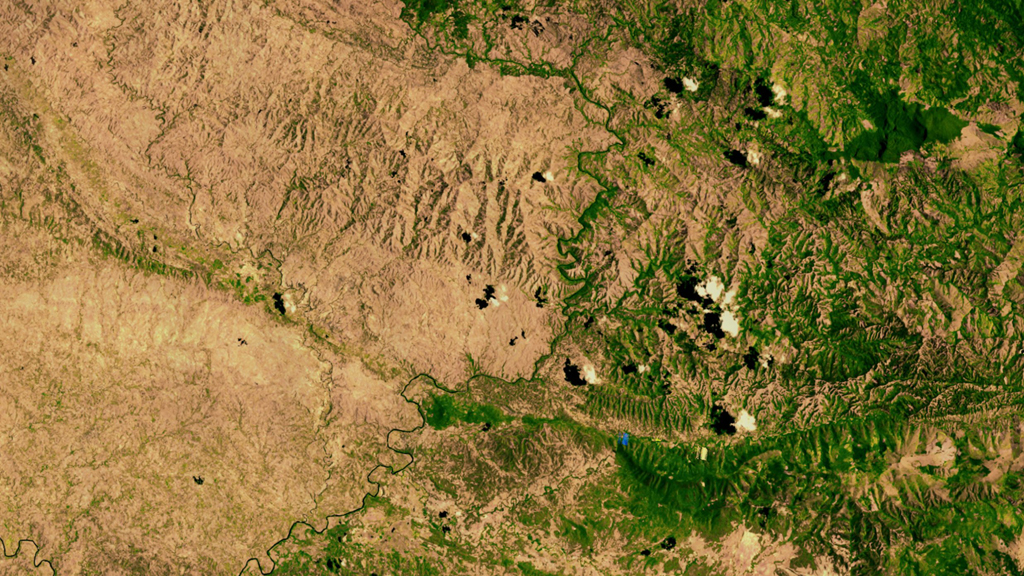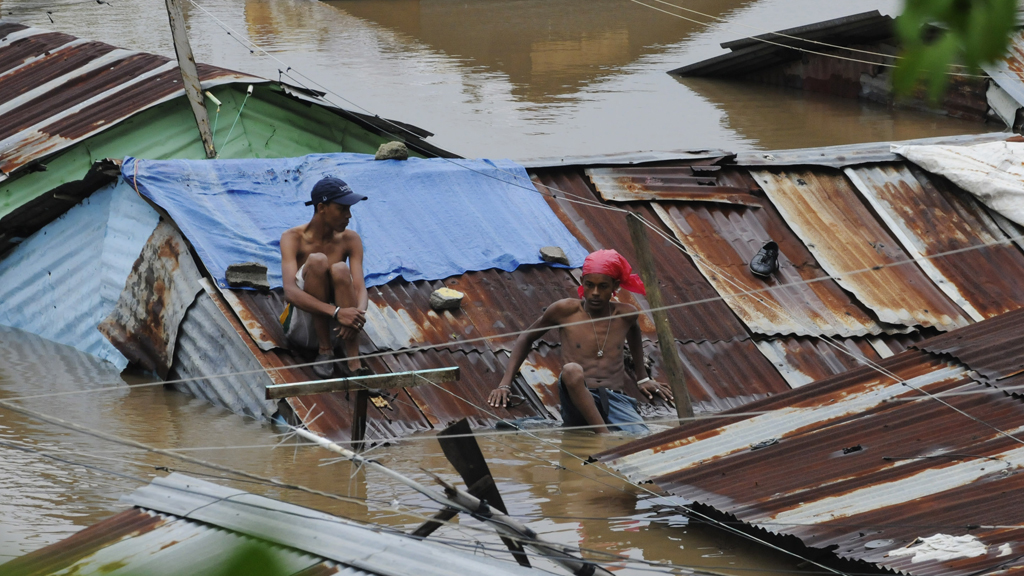The other side of Sandy – Caribbean victims count the cost
While the world’s media focuses on the impact of Hurricane Sandy on the United States, parts of Cuba and much of Haiti have been devastated by the storm.
The death toll for the Caribbean as a whole stands at 71, with 54 of the victims from Haiti, where Sandy dumped more than 20 inches of rain in 24 hours.
Most of the victims were killed by falling trees and in buildings that collapsed.
The director of Haiti‘s civil protection agency said the latest deaths occurred during a mudslide. Some 21 people are still unaccounted for.
President Michel Martelly has declared a month-long state of emergency.
Photographs that emerged from the desperately poor country showed Haitians wading through chest-high floodwater in the capital Port-au-Prince.
Cases of cholera were already on the rise, and homeless Haitians were battered by wind and rain by Tropical Storm Isaac in August this year, before Sandy struck at the end of last week.

Roads and bridges in the country were swept away by swollen rivers and mudslides, and flooding destroyed farmland, leading to warnings of a looming food crisis.
An estimated 370,000 people are still living in displacement camps in Haiti after the 2010 earthquake destroyed 175,000 homes.
The World Food Programme’s director in Haiti, Myrta Kaulard, said the storm was the latest blow for farmers in a country already weakened by deforestation and drought.
Ms Kaulard said: “Sandy is the second most important shock to affect agriculture. The first one was Isaac and before there had been a drought. And in 2011 as well, there had been a drought.
“We have the rural populations that are facing a very, very difficult situation because they have lost their crops. They have lost food crops as well as cash crops.
“It’s basically nearly all types of crops that have been affected. The drought has affected some, Isaac has affected others and now Sandy has affected the only part of the country that had remained untouched and that could still rely on a normal level of agriculture.”

Channel 4 News's Weather Presenter Liam Dutton writes: "Although the past few days have seen former Hurricane Sandy get a lot of attention in the US media, the storm was actually at its strongest in the Caribbean around a week ago.
"Sandy hit Jamaica as a category one storm, with sustained winds of 80mph, before gaining strength over the warm Caribbean waters and slamming into eastern Cuba as a strong category two storm, with sustained winds of 110mph.
"Torrential rain, damaging winds and coastal storm surges caused significant loss of life and damaged the relatively weak infrastructures. Even though neighbouring Haiti didn't take a direct hit from Sandy, the outer bands of the storm delivered large amounts of rainfall to the country.
"Haiti is a country that has been heavily deforested, with most of the landscape dominated by bare soils. As a result, when it rains heavily, water runs down hill sides very quickly, converging and creating torrents of water that cause flash floods and devastating landslides. The picture above from Nasa shows the border between the barren landscape of Haiti on the left and the green forests of the Dominican Republic on the right."

There were also deaths in Jamaica, Puerto Rico, the Bahamas and in Haiti’s neighbour, the Dominican Republic, where nearly 30,000 people were evacuated due to widespread flooding in the south of the country, including parts of the capital.
Homes and crops were also destroyed in Cuba, causing an estimated £50m worth of damage, mostly in the eastern province of Santiago de Cuba.
Venezuela sent an aid plane loaded with food to Cuba and has promised to send aid to Haiti.
The government in Port-au-Prince and aid organizations distributed food, water and other items to affected residents over the weekend, but warned that stocks are dangerously low.
-
Latest news
-
As India goes to the polls in the world’s largest election – what do British-Indians think?6m

-
Tees Valley: Meet the candidates in one of the biggest contests coming up in May’s local elections4m

-
Keir Starmer says public sector reform will be a struggle7m

-
Nicola Sturgeon’s husband Peter Murrell charged with embezzlement of funds from SNP1m

-
Ukraine might finally get $60billion in American weapons and assistance to defend against Russia3m

-




